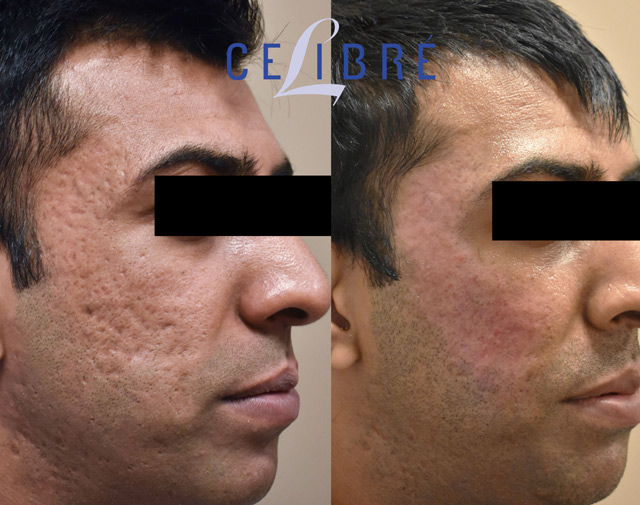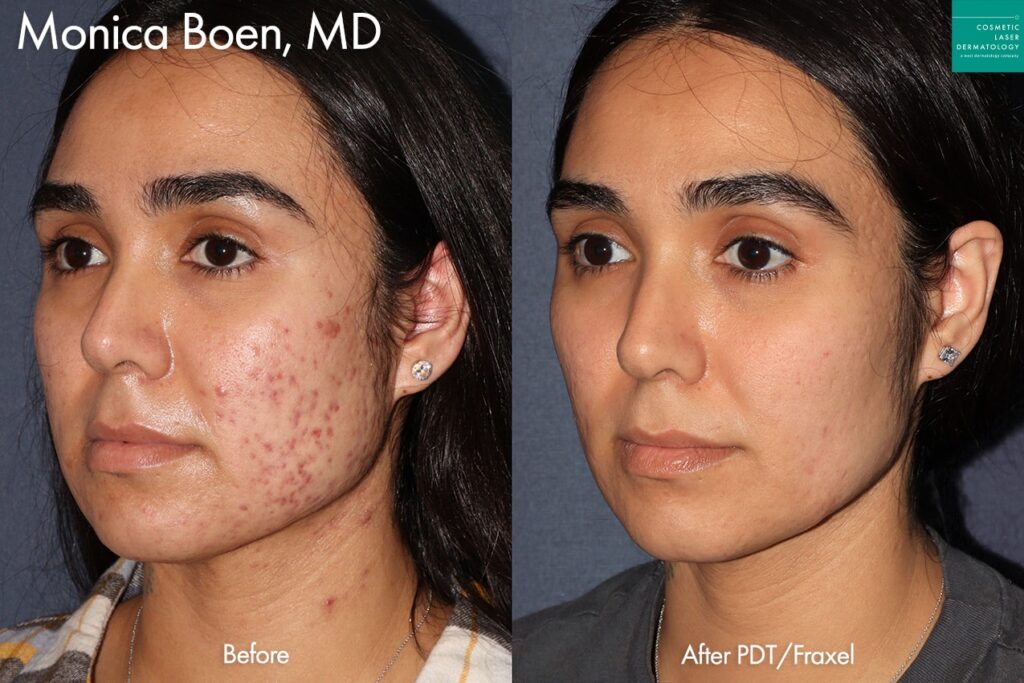Expert Acne and Acne Scars Treatment: Long-Lasting Outcomes for More Clear Skin
Expert Acne and Acne Scars Treatment: Long-Lasting Outcomes for More Clear Skin
Blog Article
Exploring Skin Problem: Treating and recognizing Acne Scars for Healthier Skin
Acne marks represent a substantial concern for people looking for to keep healthy and balanced skin, as they can affect both appearance and self-confidence. Comprehending the numerous kinds of marks, from atrophic to hypertrophic, is essential for identifying suitable treatment alternatives.
Understanding Acne Scars
Recognizing acne marks is important for any person who has experienced serious acne, as these marks can have a long-term effect on both physical look and emotional well-being. When the skin undertakes inflammatory responses during active acne lesions, acne marks create. The extent of scarring is frequently influenced by aspects such as the sort of acne, its period, and specific skin characteristics.
The body's natural healing process can result in either atrophic scars, which look like anxieties in the skin, or hypertrophic scars, which are increased and arise from overproduction of collagen. Furthermore, the mental toll of acne marks must not be taken too lightly; several people report sensations of shame, anxiousness, and decreased self-worth. This psychological problem can influence social communications and general high quality of life.
Attending to acne scars needs an extensive understanding of their formation and impact. Awareness of the possibility for lasting effects connected with unattended marks can encourage people to look for appropriate treatments. Early intervention and efficient management techniques can considerably improve skin look and boost emotional resilience, stressing the value of comprehending the complexities bordering acne scars.
Types of Acne Marks
Acne scars can be categorized right into distinct kinds, each displaying distinct characteristics and calling for certain treatment strategies. The main sorts of acne marks include atrophic, hypertrophic, and keloid marks.

Hypertrophic marks, in contrast, are elevated over the skin level and are the result of extreme collagen manufacturing during the healing process. They normally remain within the boundaries of the initial acne sore. Keloid marks are comparable but extend past the initial injury website, forming larger, raised areas that can be excruciating or itchy.
Comprehending these kinds of scars is vital for choosing appropriate therapy alternatives. Various marks may respond better to particular therapies, such as laser treatments, fillers, or medical interventions, highlighting the relevance of a tailored strategy to acne scar monitoring.
Identifying Your Marks
Acne marks typically fall right into two categories: hypertrophic and atrophic scars. These can further be identified into ice-pick marks, boxcar scars, and rolling marks, each displaying distinct features and needing different techniques for assessment - acne scars.
Hypertrophic marks, on the other hand, are elevated and occur as a result of extreme collagen manufacturing during the recovery process. Identifying the particular attributes of your scars-- such as deepness, structure, and width-- is important for correct identification. In addition, take into consideration the distribution of marks throughout your skin, as this can indicate the intensity and duration of the acne condition.
Involving with a dermatologist can offer beneficial insights into the nature of your marks, aiding in the differentiation between numerous types. A complete understanding of your marks will ultimately cause an extra customized and effective treatment strategy, making certain a clearer and healthier skin tone.
Therapy Options Available
Determining the certain kind of acne scars present on your skin prepares for checking out reliable therapy alternatives. Common types of acne scars include atrophic (depressed), hypertrophic (increased), and post-inflammatory erythema.
For atrophic marks, alternatives such as chemical peels, microneedling, and laser resurfacing are extensively made use of. Chemical peels utilize acids to remove the outer layer of skin, advertising brand-new cell development. Microneedling entails tiny needles that create micro-injuries, stimulating collagen production. Laser resurfacing targets harmed More Info skin cells, boosting appearance and tone.
Hypertrophic scars can be treated with corticosteroid injections to flatten the mark or laser treatment to minimize inflammation and enhance appearance. acne treatment for sensitive skin. Silicone gel sheets and pressure dressings may also aid in taking care of elevated marks
In enhancement, dermal fillers can temporarily fill out depressions from atrophic scars, while medical excision might be ideal for extreme situations. Each treatment option has its benefits and factors to consider, making it necessary to seek advice from a skin specialist. They can supply individualized suggestions based on the type and severity of your marks, Check This Out as well as your skin type and overall wellness.
Tips for Prevention
Effective prevention techniques can substantially minimize the likelihood of creating acne scars. The very first step is to maintain a constant skincare regimen that includes gentle cleaning, exfoliation, and hydrating. Utilizing non-comedogenic items assists protect against stopped up pores, which can exacerbate acne. Furthermore, incorporating topical treatments having salicylic acid or benzoyl peroxide can successfully manage breakouts and minimize swelling.
Preventing need to stand out or pick acne lesions is crucial, as this can result in much deeper skin damages and increase the danger of scarring. Rather, consider making use of a chilly compress or non-prescription treatments to minimize swelling and soreness.
Sunlight protection is one more crucial facet of prevention; ultraviolet (UV) rays can dim scars and impede the recovery process. Applying a broad-spectrum sunscreen with at the very least SPF 30 daily can protect the skin and advertise even recovery.
Lastly, keeping a balanced diet regimen rich in antioxidants, minerals, and vitamins supports skin wellness and healing. Staying moisturized and managing anxiety levels can likewise play a substantial role in lowering acne flare-ups. By executing these methods, individuals can considerably decrease their chances of establishing acne marks.

Verdict
In final thought, understanding and recognizing acne marks is necessary for efficient treatment and achieving much healthier skin. Numerous kinds of acne scars, including atrophic and hypertrophic scars, demand certain interventions customized to specific requirements.
The body's natural recovery procedure can result in either atrophic scars, which show up as clinical depressions in the skin, or you could check here hypertrophic scars, which are increased and result from overflow of collagen. They are additional divided right into 3 subtypes: ice pick scars, boxcar marks, and rolling marks. Acne scars usually drop into 2 classifications: atrophic and hypertrophic scars. These can better be categorized into ice-pick scars, boxcar marks, and rolling marks, each displaying unique attributes and calling for different methods for assessment.
Various kinds of acne scars, consisting of atrophic and hypertrophic scars, require certain treatments customized to specific demands.
Report this page